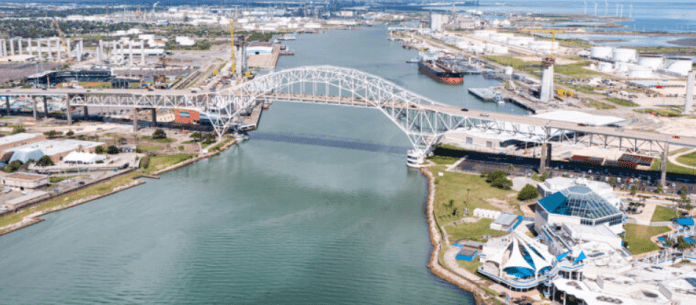The Port of Corpus Christi Authority and the Texas General Land Office (GLO) have signed a Memorandum of Understanding (MoU) for the development of a carbon dioxide (CO2) storage solution in the Coastal Bend of Texas.
A recent report from the American Petroleum Institute (API), the International Petroleum Industry Environmental Conservation Association (IPIECA) and the International Association of Oil and Gas Producers (IOGP) call on energy developers to help mitigate carbon emissions that meet global decarbonisation goals.
Particularly, this report recommends immediate action to reduce CO2 emissions by investing in the development of infrastructure that is required to capture, transport and permanently store carbon, by various industrial sources in the surrounding area of the port.
“Utilising new, innovative carbon storage methods is a critical step in demonstrating that energy development and environmental stewardship are not mutually exclusive,” said Texas Land Commissioner, George P. Bush.
Furthermore, chief strategy and sustainability officer for the Port of Corpus Christi, Jeff Pollack explained, “We have a high density of industrial CO2 target sources, a robust network of existing pipeline infrastructure, and we own a full transect of land from our customers’ fence lines out to GLO waters in the Gulf of Mexico.”
Academics from the University of Texas at Austin have indeed mapped the geology of the Texas Gulf Coast as ideal for injection and storage of pressurised CO2. The GLO, which manages state lands, operates the Alamo, helps Texans recovering from natural disasters and funds Texas public education and the Port of Corpus Christi, has also identified the Texas Coastal Bend region as the next focal point for the development of large-scale carbon storage.
“The energy transition is a strategic focus in hitting both commercial and environmental targets for the Port of Corpus Christi,” noted Sean Strawbridge, Chief Executive Officer of the Port of Corpus Christi.







